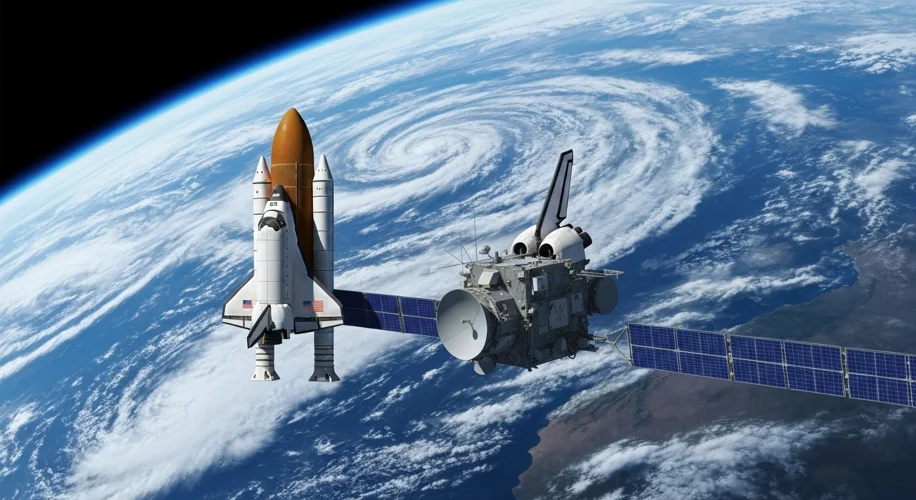It’s hard to fathom, but the idea of observing our planet from space is relatively new. The very first satellites, launched in the mid-20th century, weren’t just marvels of engineering; they were our first true eyes in the sky, offering a perspective on Earth we’d never had before.
My work as an archivist has given me a deep appreciation for how much we rely on recorded data. Think about it: how do we understand history? Through documents, photographs, and records. The same applies to understanding our planet. Satellites have become indispensable tools for monitoring everything from weather patterns and ice caps to deforestation and ocean currents. This continuous stream of data, meticulously collected over decades, forms the bedrock of our understanding of climate change.
Now, imagine that stream being abruptly cut off. News reports indicate a recent directive ordering the deactivation and destruction of certain climate monitoring satellites. While the reasons cited are complex and beyond my scope to analyze politically, the technological and historical implications are profound.
From my perspective in the archives, this is akin to deciding to burn a historical library. These satellites represent decades of scientific investment and data collection. The information they gather isn’t just numbers; it’s a historical record of our planet’s environmental state. Losing this data means losing a vital part of our collective memory and scientific heritage.
We’ve seen similar scenarios before, though perhaps on a smaller scale. Think of the early days of computing. So much early code and hardware were discarded simply because they were considered obsolete. It took dedicated effort by historians and technologists to recognize their value and preserve them. These artifacts tell us not just about the machines themselves, but about the people who built them, the problems they were trying to solve, and the societies they lived in.
Similarly, the data from these climate satellites is a historical document. It tells the story of our changing planet, the impacts of human activity, and the scientific efforts to understand it all. It’s the raw material for future research, for understanding trends, and for verifying scientific models.
Preserving technological history isn’t just about keeping old gadgets. It’s about safeguarding the knowledge and context that shaped our present and will inform our future. When we intentionally destroy instruments that have provided critical, long-term observational data, we are making a decision that erases a part of that history. It’s a stark reminder of how fragile our scientific record can be, and how crucial it is to value and protect the tools that help us understand our world.

